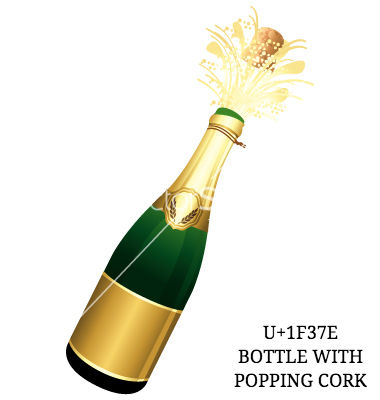![doctor emoji [doctor emoji]](https://cdn.sessionspy.com:443/index.php?http://www.unicode.org/announcements/doctor-emoji.png) A proposed update of UTR #51, Unicode Emoji (Version 4.0) is available for public review and feedback. This new version covers a total of 2,243 emoji, an increase from the 1,788 in Version 3.0.
A proposed update of UTR #51, Unicode Emoji (Version 4.0) is available for public review and feedback. This new version covers a total of 2,243 emoji, an increase from the 1,788 in Version 3.0.There are several important changes in the proposed update. Three existing symbols have been newly classified as emoji: U+2640 FEMALE SIGN, U+2642 MALE SIGN, and U+2695 STAFF OF AESCULAPIUS. These are used in sequences to represent additional professions and to make gender distinctions among emoji. Many new emoji zwj sequences are cataloged, including professions and roles, gender distinctions, and new family groupings. Two new flag emoji have been added, one as an emoji zwj sequence and one as a regional indicator pair. Ten additional emoji characters are newly classified as emoji modifier bases. This results in 50 new emoji modifier sequences, displaying skin tone diversity. For example, see the emoji data for U+1F93C WRESTLERS.
Associated charts are available at http://unicode.org/emoji/charts-beta/index.html, and associated data files are available at http://unicode.org/Public/emoji/4.0/.
The review period for the proposed update ends on October 24, 2016. Feedback can be submitted through the online reporting form.


 The Unicode Consortium has released the draft “
The Unicode Consortium has released the draft “


